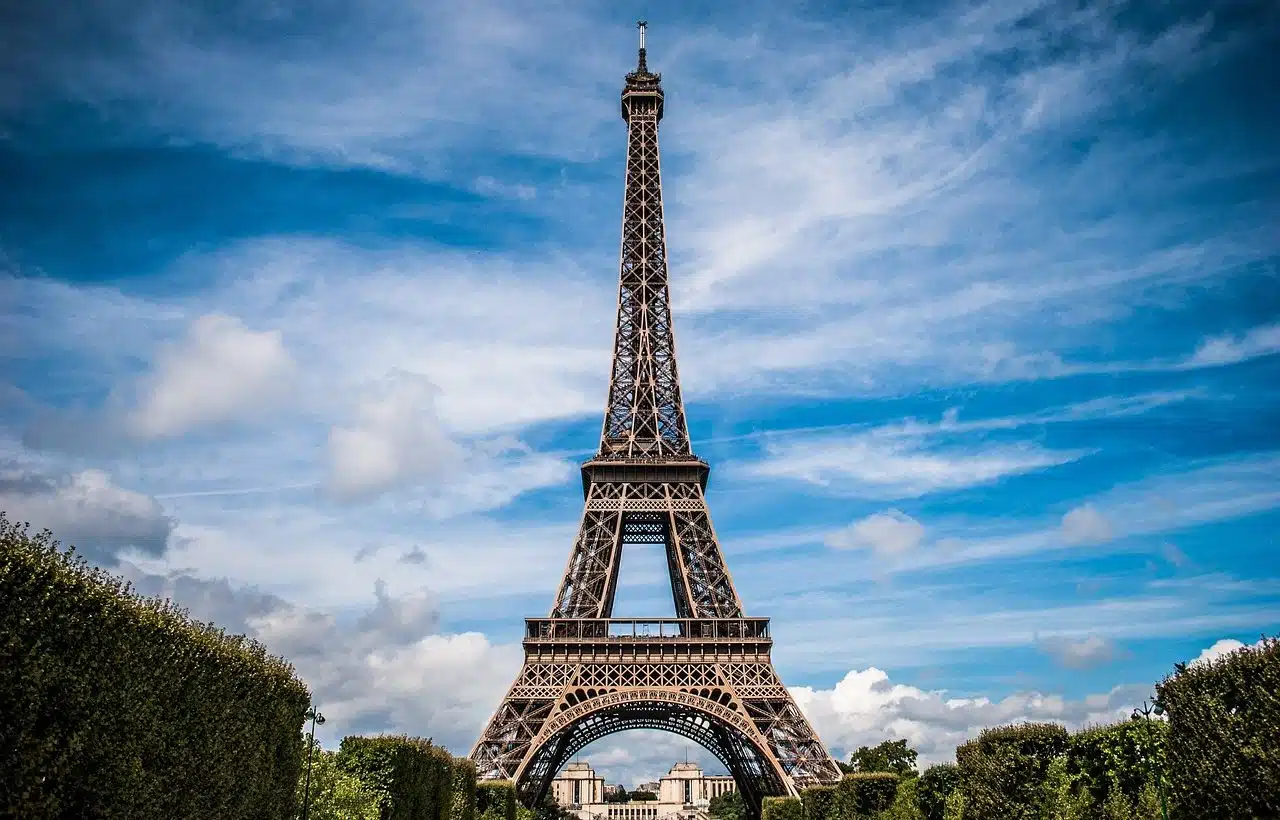
Synecdoches are common in literature and the media.
A synecdoche is a trope that expands, limits or modifies the meaning of a term, naming a part of something as if it were a whole or mentioning the whole with the name of one of the parts. The Latin word synecdŏche , which comes from a Greek term, came to our language as synecdoche .
It should be remembered that tropes consist of replacing one word with another that acquires a figurative meaning . Tropes, in this way, constitute a rhetorical tool that allows a term to acquire a content that is not its own.
How synecdoche works
Returning to the idea of synecdoche, this trope appeals to different mechanisms to confer meaning on expressions. One of the most common methods is to name a fragment or a sector of something to represent the whole . For example: "If we want to buy two pizzas, we will have to contribute twenty pesos per head." As can be seen, synecdoche in this case consists of naming a part (the "head" ) to refer to the whole (the person).
The synecdoche also appears in the following expression : "Lucila turned twelve years old." In this case, the notion of "spring" is used to mean the years: the girl in question turned twelve entire years, including springs, summers, autumns and winters.

Using an image of the Eiffel Tower to refer to Paris constitutes a visual synecdoche.
Its use in the media and literature
Synecdoches are also frequently used in the media . If a sports commentator points out that "Spain beat Croatia 3 to 1" , he will be mentioning teams (the part) that represent countries (the whole ). Something similar happens with the journalist who says "The White House is concerned about the advance of terrorism" , naming the US government through the expression "White House" .
Although synecdoche is a rhetorical figure widely used in literary texts, it also has its space in visual media, in the same way that metonymy , metaphor or simile appear. These are visual resources that designers regularly use in advertising images, in the world of comics, in paintings and in the composition of websites or magazine covers , among many other cases, with the aim of providing the figures with meaning. that transcends the literal.
visual synecdoche
In the specific case of visual synecdoche, designers replace or represent the concept they wish to evoke with an image that is inherently or intrinsically connected or linked to it. For example, it is very common to see an image of the Eiffel Tower as a symbol of Paris or, depending on the context of France itself; Likewise, the Tower of Pisa can represent Italy and the Statue of Liberty , the United States .
Synecdoche is practically a necessity in the field of visual art, since it would be very unaesthetic and functional to show the satellite photograph of an entire country to refer to it, in the same way that it would be uncreative to only use this image every time. This last point, creativity , is necessary for the elaboration of an impactful synecdoche, but it is also nourished in the process.
Like any language resource, its use is not mandatory, but mastering it can open the doors to a very complex and rich communication , which constantly renews the experience of its participants. Returning to the example of the Eiffel Tower , it is not always possible to use it as a symbol of Paris or France ; For example, if the topic of a cover is regional food, this structure will have little to do with paellas and sushi.
Although the use of rhetorical figures may be less necessary in speech, there is a space for them in both informal and more formal relationships. Furthermore, if we only used literal images, we would probably lack individuality, since it is through resources such as synecdoche that we can distinguish ourselves when expressing ourselves.
